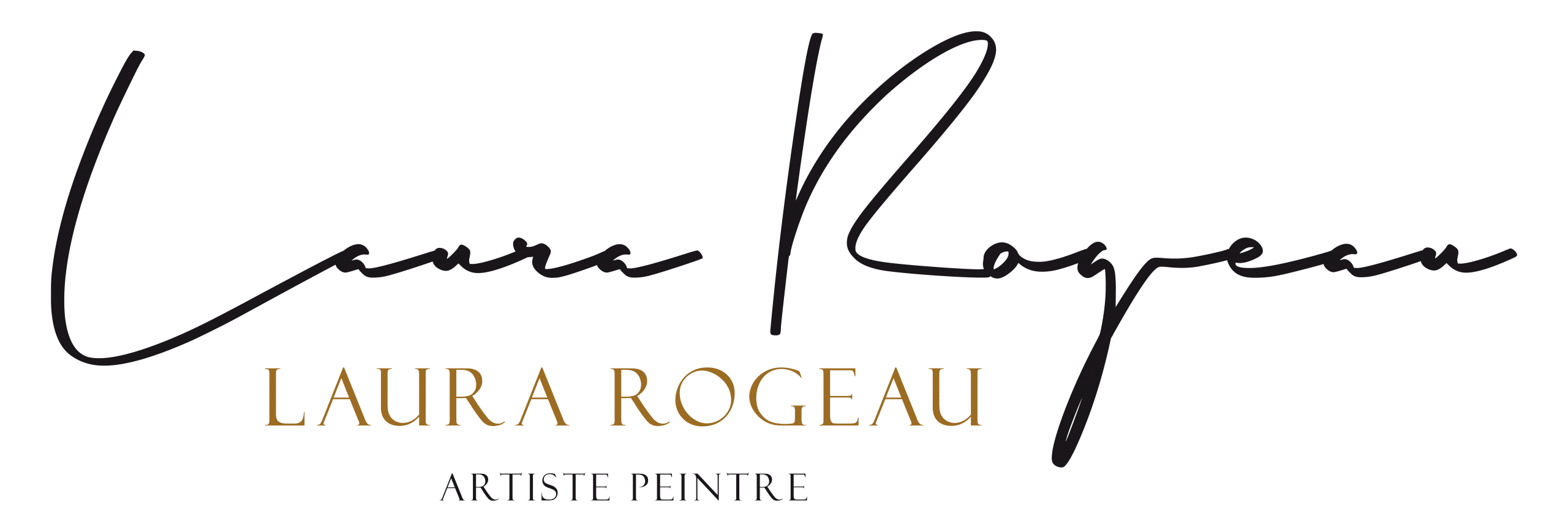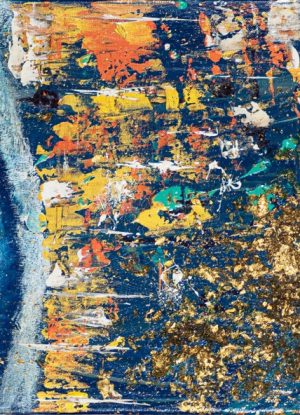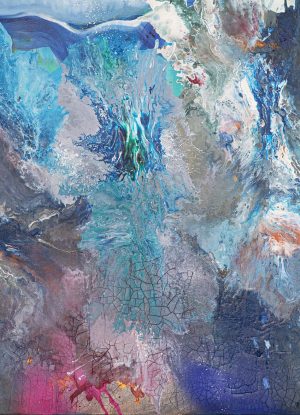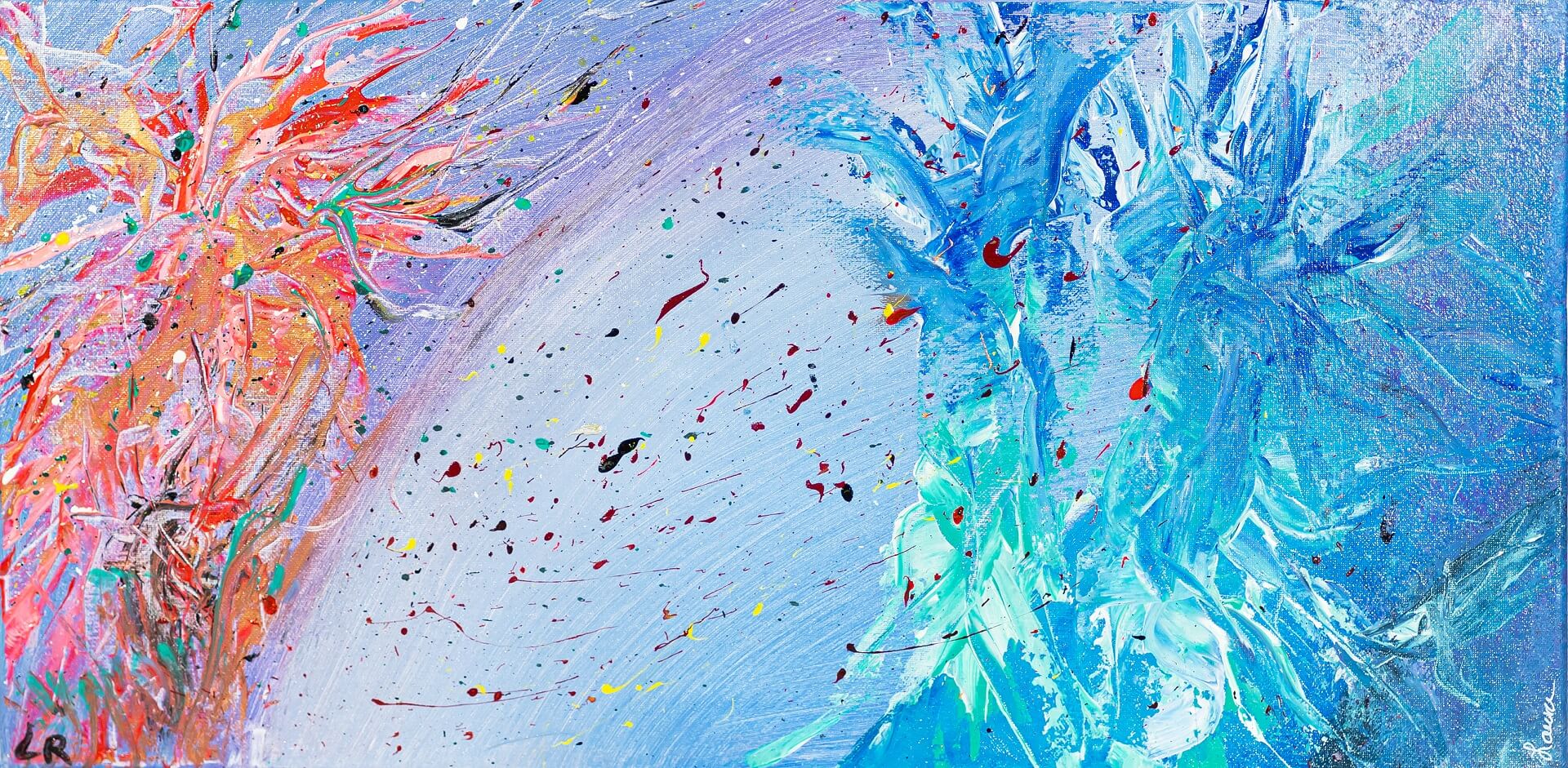
Discover the pioneers of abstract art
The abstract movement developed in the 20th century, and it was in the early 1910s that the first recognised painting of this new artistic movement was produced by Vassily Kandinsky, the great precursor of this new art form. Other great names in abstraction joined him between 1911 and 1917, including Kasimir Malevich, Piet Mondrian and Frantisek Kupka, other great pioneers of this modern movement.
They shared common concerns and were linked by their spiritual or esoteric practices. Some of them were strongly attached to music, an art form that was not imitative, leaving room for creativity and emotional expression.
Vasily Kandinsky, the author of the first abstract art work of the modern era
He was born into a well-to-do family of the Moscow bourgeoisie, and during his life he became a naturalized German and then French citizen. After studying law and economics, he taught for a few years and only later devoted himself to painting. In 1895 he attended the Impressionist exhibition in Moscow, a discovery that marked his inner evolution. In 1896, he moved to Munich to attend painting classes.
In 1901, Kandinsky began a career as a painter and teacher in the Phalanx group. At that time, Kandinsky’s paintings mainly did not include human faces. It was only after a stay in Paris in 1906-07, where he discovered the works of Gauguin, Cézanne and Matisse, that his personality took shape. The landscapes in his paintings are structured mainly by colour.
Thus, the creation of a purely abstract work by Kandinsky did not happen overnight; it was the result of a long journey and intense reflection based on his personal experience as a painter.
As Kandinsky would later say in his autobiography, colours are the manifestation of memories: “The first colours that made a great impression on me were bright green, white, carmine red, black and ochre yellow. These memories date back to my third year. These colours belonged to various objects that I do not see as clearly as the colours themselves.
Frantisek Kupka, an independent artist
Frantisek Kupka was a Czech painter from a small town in eastern Bohemia and one of the pioneers of abstraction. Initiated into spiritualism as a teenager, he developed mediumistic gifts that he used to finance his art studies. He discovered painting as a self-taught artist, and in 1884 he studied art at the Beaux-Arts in Prague, which he continued in Vienna, Austria.
He witnessed many upheavals in art, from Impressionism to Cubism to Symbolism, but Kupka always maintained his independence. Known as one of the pioneers of abstraction, he always refused the label of “abstract artist” and explained himself as follows: “My painting, abstract? Why? Painting is concrete: colour, form, dynamics. What counts is invention. You have to invent and then build.
Pieter Cornelis Mondriaan, known as Piet Mondrian
Painting was always his one and only vocation, and to finance it he agreed to teach drawing in primary and secondary schools. In 1893, he enrolled in painting classes at the Amsterdam Academy of Fine Arts and painted mainly landscapes.
It was not until 20 years later, after having tried out all the classical and modern painting styles, from realism to fauvism, symbolism, impressionism and pointillism, that he became the abstract artist as he is known today.
He moved to Paris in 1912, and it was at this time that Mondrian discovered the research of cubist painters and began to work on abstraction, using networks of black lines. In 1917 he arrived at a painting of orthogonal lines on a white background, with primary colours filling in certain sections.
Kasimir Severinovich Malevich, the creator of Suprematism
Born in the Ukraine to parents of Polish origin, Malevich first attended an agricultural high school. He was attracted to art and painting by watching peasants decorate their houses, an experience that would later inspire his creations.
Kasimir Malevich attended the Kiev drawing school in 1895 and 1896. After training as a technical draughtsman in Moscow in 1902, he developed his plastic work as a self-taught artist, which he developed over the course of his life in a dozen different styles: from Realism to Supranaturalism, his first works being close to Neo-Impressionism and Fauvism.
Painter, draughtsman, sculptor and theorist, Malevich is the creator of an artistic movement that he called “Suprematism”. It was in 1915 that he painted the famous Black Square, a manifesto of abstract art, the work that followed him throughout his life.
Related posts
Figurative art, a style opposed to abstract art
Figurative art is the most widespread form of art in the Wes
